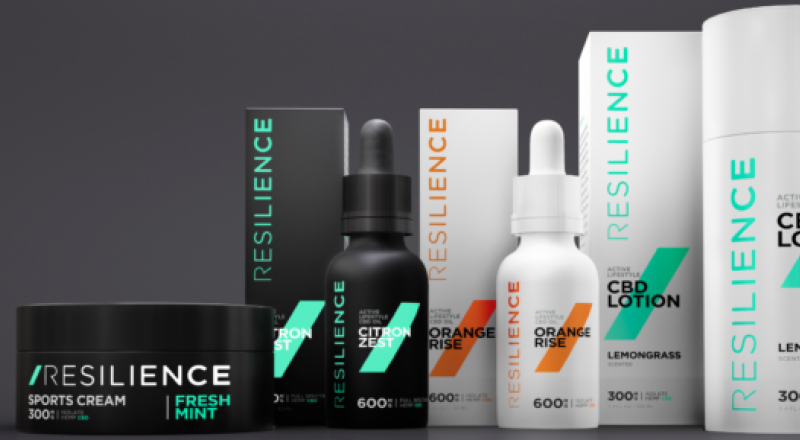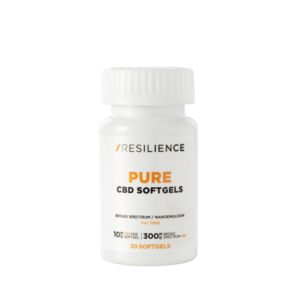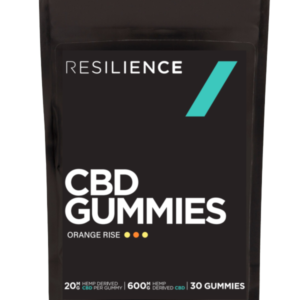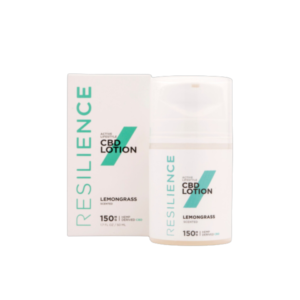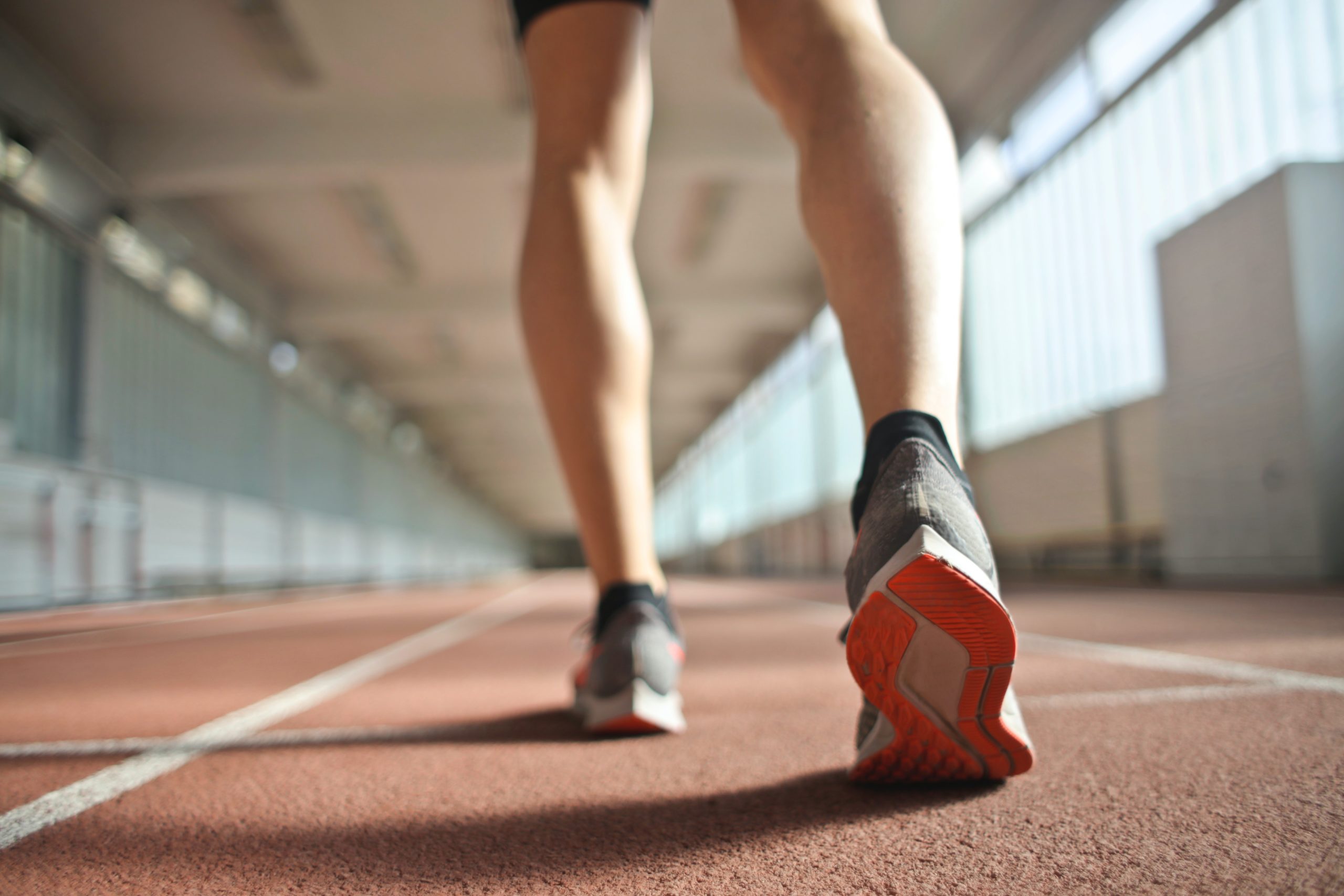
As an athlete, you’re probably all too familiar with the traditional ice-pack-aspirin-foam-roller trifecta after an especially vigorous workout. If your muscles and joints are sore after an afternoon at the gym or a long outdoor run, that’s not a sign of weakness—it’s actually a perfectly normal indication that you’re getting stronger.
But just because it’s “normal” doesn’t mean it feels good.
To that end, more and more athletes are turning to topical CBD products as a more natural and effective way to ease some of their growing post-workout muscle strain.
Key takeaways:
- A topical product derived from CBD works through dermal absorption, which provides localized and regional benefits without entering the bloodstream.
- CBD creams have shown significant benefits in reducing discomfort, exercise-induced inflammation, and muscle strain for a faster physical recovery.
- Athletes use CBD creams before, during, and after workouts for consistent physical benefits.
What are CBD Topicals?
As CBD grows in popularity, the number of available products seems to increase at almost the same rate. Topical CBD—usually in the form of creams, lotions, or salves—is just one way to reap the benefits of this miracle compound. A topical administration method means it’s applied directly to a part of the body, rather than ingested orally, by smoking, swallowing, or chewing.
These creams and lotions have been infused with CBD extract as well as other recovery-promoting ingredients for a more holistic soothing sensation to help with joint pain.
The absorption method of topical CBD is called dermal absorption, and it works in similar ways to other externally applied creams and prescriptions:
- Application – The topical cream is spread on and often massaged into the skin in the affected area.
- Initial penetration – The compound penetrates the stratum corneum, the outermost layer of dead skin cells.
- Local effects – The compound penetrates deeper through the epidermis, the three outermost layers of skin. At this point, the compound can begin to affect the local nerve endings present in the various layers of the epidermis and dermis.
- Regional effects – Through a process of diffusion, the compound spreads through the skin and fatty layer into nearby tissues, and may begin to affect muscles and joints near the area of initial application.
- Systemic effects – Some compounds reach the vascularized dermis layer. When a tissue or structure is vascularized, this means it develops blood or other vessels, which carry the active ingredient through the bloodstream to the rest of the body. Through central circulation, the ingredient may have more systemic effects beyond localized pain relief.
However, not all products make it to the bloodstream. This is good news when it comes to many everyday topical products—you don’t exactly want your sunscreen or makeup coursing through your central circulatory system.
It’s unlikely that topical CBD will enter your bloodstream, either. Instead of having more general mind-body effects, as with inhaling or ingesting, it mostly affects the localized muscles, tissues, and joints where you applied it.
This is another reason why top athletes love CBD topical cream. They can enjoy the soothing effects only where they need it most.
The Legality of CBD for Professional Athletes

Creams and topicals are some of the safest CBD absorption methods for professional athletes because it doesn’t often enter the bloodstream or penetrate the blood-brain barrier. Even though CBD for athletes was recently permitted by the World Anti-Doping Agency (WADA), only pure CBD is allowed. THC, and other cannabinoids, are still prohibited.
Because of imperfect extraction methods, many CBD products contain trace amounts of THC. If athletes are caught with enough THC in their system, they could face serious consequences.
It’s imperative—for everyone, not just athletes—to buy from a CBD company that uses pure, organic, properly labeled and tested CBD. If you’re using CBD isolates or broad-spectrum CBD (which is supposed to be THC-free), you shouldn’t encounter a positive drug test. Even still, using CBD topical cream puts you even less at-risk of a positive result because the compound is absorbed locally, not centrally.
Benefits of CBD Cream Post-Workout
CBD is becoming an increasingly hot topic in the fitness world. You might hear product names tossed around in the locker room, at the weightlifting bench, or within workout groups and fitness clubs alike. You might even see actual products tossed around post-workout for fellow teammates and gym enthusiasts to enjoy—as they say, sharing is caring!
There are many uses for CBD cream, but in these environments, it’s usually to help ease the standard aches, discomforts, and strains of a strenuous workout or sporting match.
The emerging evidence is both anecdotal and scientific, with a few notable benefits in combatting muscle strain and other post-exercise discomforts:
- Reduces exercise-induced inflammation – Swelling is one of the most common (not to mention annoying) side effects of muscle strain. Topical CBD has been shown to reduce both inflammation and discomfort without altering activity levels or physical sensation.
- Eliminates soreness – Acute discomfort after working out is all too common, whether it’s a mild tear or run-of-the-mill exhaustion. Applying CBD cream for muscle pain means you shouldn’t have to endure the after-effects of your workout for nearly as long. With their cooling and heating properties, CBD sports creams can ease or even eliminate those aches and discomfort.
- Facilitates post-workout recovery – When we engage in intense athletics, we sustain microscopic tears to our muscle fibers. Repairing this damage is how our body builds bigger, stronger muscles, but it’s also a source of soreness and strain. CBD is a potent antioxidant, meaning it can slow cell damage, prevent inflammation, and return athletes to their peak condition quicker than before.
CBD creams are used for more than just their primary active ingredient, too. These topical products are often packed with other discomfort or post-inflammation reducing ingredients that provide an all-around soothing effect and pain relief, such as menthol and eucalyptus.
Incorporating CBD Cream Into Your Workout Regimen
As more athletes recognize the power of CBD cream, it’s becoming increasingly popular in the fitness world. Several notable professional athletes have publicly claimed that they use CBD for faster recovery—so why shouldn’t you do the same?
Applying CBD Cream for Muscle Discomfort
After a particularly strenuous workout, you might come home and rest your body, then use an ice pack on your swollen joints or sore muscles. CBD for sore muscles is a great natural remedy that can help soothe your body after a strenuous workout.
Instead—or as well as—you can apply your favorite CBD topical. If you’re using CBD cream for pulled muscles or tired joints, you’ll want to reapply regularly as you notice increased discomfort.
But topical CBD for exercise isn’t just for acute aches and strains—it’s for muscle maintenance, too.
Using Post-Workout CBD Cream for Muscle Restoration & Upkeep
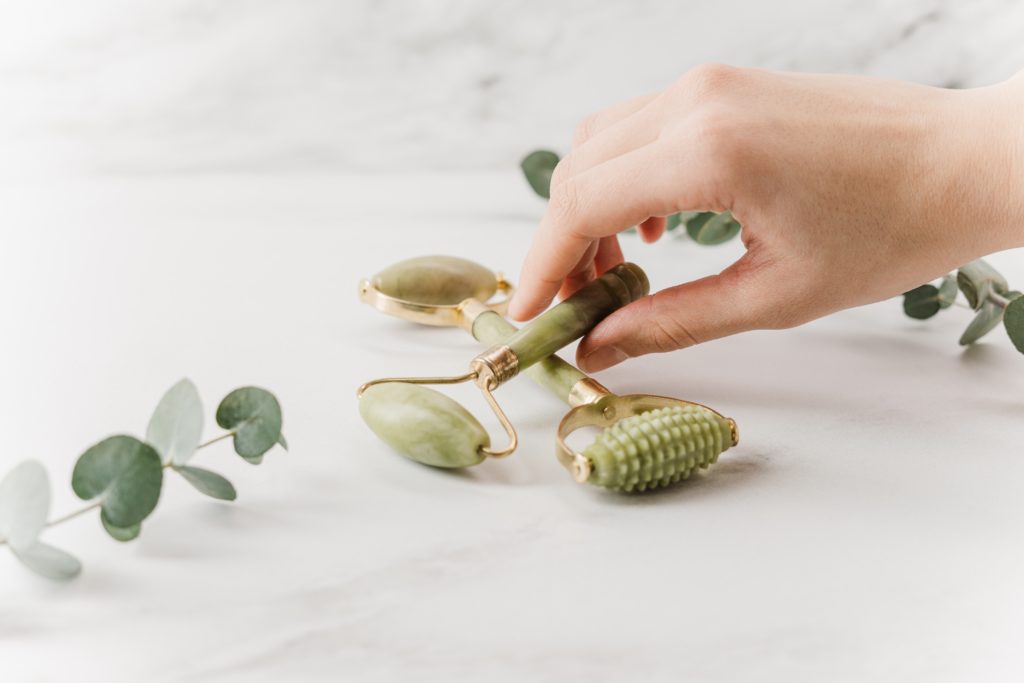
Don’t know when to take CBD oil for workouts? Many athletes combat muscle strain proactively by consistently applying CBD after workouts. When used regularly, it might have a preventative effect by encouraging minor muscle repair before anything major happens, like a pulled muscle. For the best results, massage the cream deeply into the affected area shortly after finishing your exercise.
This will give the CBD time to do its thing, and provide you the most immediate physical support. You can easily use your hands to work the cream into your skin, but you can also use tools like massage rollers for enhanced effects:
- Jade roller – Currently a trendy facial roller, these handheld tools can increase circulation and massage otherwise hard to reach muscles.
- Massage stick – These two-handed portable sticks are used to roll out tight, seized muscles. In a pinch, a rolling pin from the kitchen will work just fine.
- Lacrosse ball – These firm balls provide a similar but more intense massaging effect than foam rollers because they have a much smaller surface area and point of contact.
This can not only improve absorption but also provide some bonus muscle release with a dual-pronged approach to recovery.
Introducing CBD Cream Before & During Exercise
Most athletes start using CBD as a post-workout enhancement. However, once you’ve established the proper dosage for your body, you can consider incorporating topical CBD into your pre-workout routine, specifically as you stretch and warm up.
If you’re in the middle of a physically demanding exercise, you can even apply a layer mid-workout to promote healthy tissue restoration before continuing on with the rest of your run, reps, or routine.
Combatting Muscle Strain With the Right CBD Cream
It’s no secret that topicals like a CBD lotion or CBD balm can become an invaluable resource on your ongoing fitness journey. But it only works if you have good, pure, safe CBD cream.
And here’s what they might not tell you: not every CBD company meets the high standards you should hold them to.
Here at Resilience CBD, we know exactly what athletes want and need in any product they use on their bodies. That’s why our CBD Sports Cream and other products are designed to not just ease your muscle discomfort, but also ease your mind.
Here’s how we guarantee that:
- Rigorous third-party testing with complete, transparent lab results that prove our cream is non-psychoactive, vegan, and free of harmful chemicals.
- Clear and accurate labeling, including the type of CBD, the dosage, and instructions for usage.
- A full list of comfort-promoting ingredients, including broad-spectrum hemp CBD, as well as shea butter, aloe vera, coconut oil, eucalyptus, menthol, and more. We use natural ingredients with names you recognize.
Feel strong, healthy, and ready to go, so you can conquer the next challenges as they come. Our CBD is almost as resilient as our customers—and that’s saying something.
Sources:
USADA. Athletes: 6 Things to Know About Cannabidiol. https://www.usada.org/spirit-of-sport/education/six-things-know-about-cannabidiol/
European Journal of Pain. Transdermal cannabidiol reduces inflammation and pain-related behaviours in a rat model of arthritis. https://www.ncbi.nlm.nih.gov/pmc/articles/PMC4851925/
Journal of Clinical Pharmacy and Therapeutics. The role and mechanism of action of menthol in topical analgesic products. https://onlinelibrary.wiley.com/doi/full/10.1111/jcpt.12679



